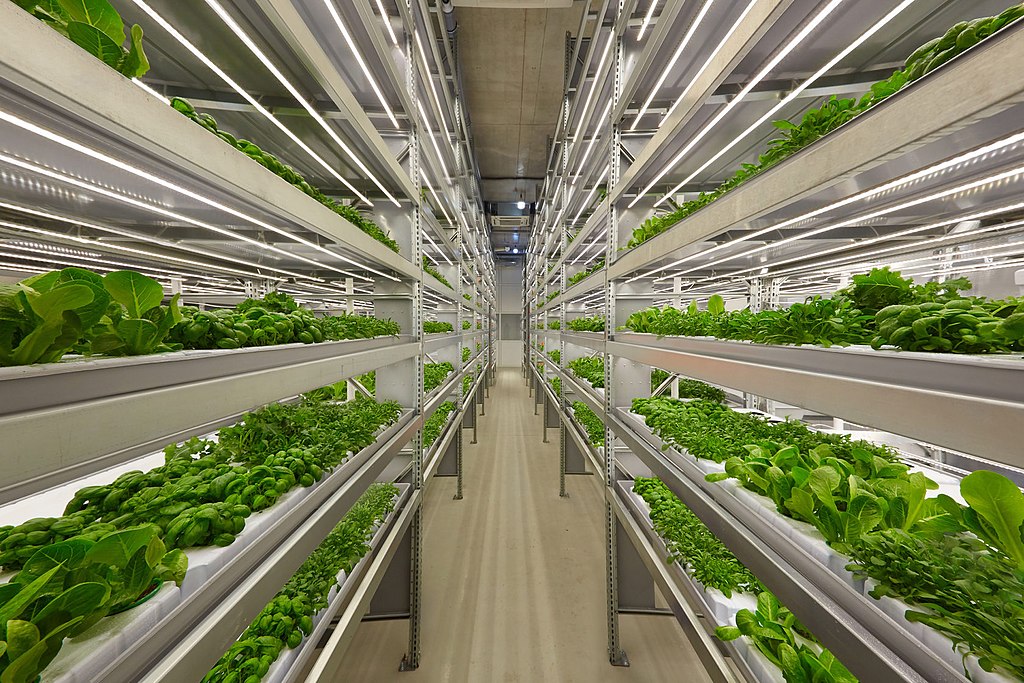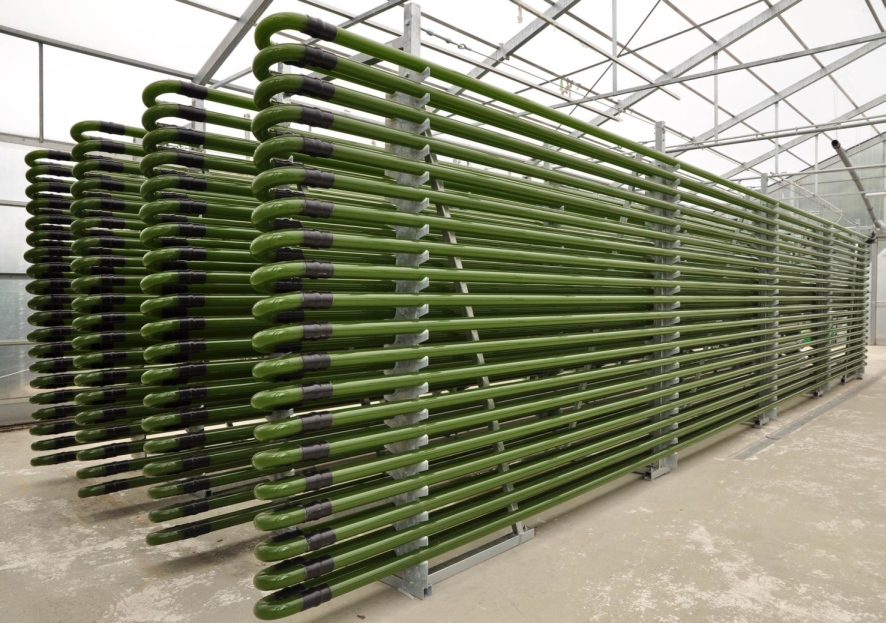According to the recent The Intergovernmental Panel on Climate Change (IPCC) report published in August 2021, global temperatures will very likely rise 1.5°C above pre-industrial levels by 2040, and even as early as 2030. Countries around the world have pledged climate action to reduce greenhouse gas emissions, and green technology plays an important role. Here are seven examples of green tech that are helping the battle against the climate crisis.
—
What is Green Tech?
Green technology, or green tech, is an all encompassing term for the type and use of technology that are considered environmentally friendly based on its production process or its supply chain, which as a result, reduces our carbon footprint. Green technology can either have lower negative impacts on the environment when compared to traditional resources like fossil fuels, or they actively reverse and reduce human activity to mitigate climate change.
They could vary from large-scale direct air capture plants to collect carbon dioxide from the atmosphere, to the use of alternative fuels for electric vehicles, to something as simple as a plant wall.
Green tech is still in its infancy, but many countries around the world including the most recent UN climate change report have cited the use of green technology as imperative to help meet the goals set out in the Paris Agreement, and transition out of our reliance on fossil fuels.
Green Technology Examples
1. Vertical Farming
Vertical Farming is an innovative agricultural practice that has the potential of solving the impending food crisis. Instead of growing our crops horizontally, produce is grown in stacked vertical layers. By doing so, crops require less or even no soil at all, and water efficiency is increased at the same time. Vertical farming can guarantee regular output of produce and boost crop yields based on its controlled environment including temperature, light, humidity, as well as artificial intelligence.
This green technology can easily be built into buildings, cities and even shipping containers. Vertical farming can also produce food closer to its consumers, reducing transportation costs and emissions. The world’s largest indoor farm is currently in the works in the Abu Dhabi desert, which is said to use 95% less water compared to conventional outdoor farming.
Despite this, vertical farming is still relatively new and unprofitable. Maintenance costs of automation and watering processes are sky high, and most farms are limited to leafy greens, salad leaves and herbs based on these costs.

2. Carbon Capture
Carbon capture and storage technologies have recently made headlines following the opening of the world’s largest direct air capture plant in Iceland in early September. This particular plant, named Orca, is estimated to capture about 4,000 tonnes of carbon dioxide from the atmosphere every year, which will then be stored underground and turned into stone.
While this green technology has been around since the 1970s, most plants have been operating at limited capacity. There are 17 large-scale plants around the globe, most of which are based in the US, that put away about 40 million metric tons of carbon dioxide – roughly 1% of global annual emissions. Though carbon capture tends to suffer from lack of scalability and affordability, start-ups like Out of the Blue have begun exploring carbon capturing from the ocean using a carbon-binding sponge material that can collect and release saturated CO2.
Carbon capture and storage also has the seal of approval from the UN-backed IPCC Report. In both its 2018 and 2021 climate change report, it states that “all pathways to limit global warming to below a 1.5°C rise in median global temperatures forecast the use of Carbon Dioxide Removal (CDR) of about 100–1000 gigatons of CO2 ” this century.
3. Green Buildings
A green building is designed to be self-sufficient, from its electric power grid, energy generation, down to its water system. While solar panels are already widely used as an energy source for households and businesses, green buildings utilise solar panel designs that can generate both electricity and heat. The front of these panels is designed to produce photovoltaic energy while the rear produces hot water by means of a heat exchanger, allowing households to enjoy free hot water. High efficient and insulated windows also help reduce heat loss, some to the point that can bring energy bills down to zero.
4. Electric Vehicles
The electrification of transport is now one of the most popular uses of green technology in the world. It’s so widely accepted that most developed countries have included electric vehicles as part of their decarbonisation plans. As the name suggests, electric vehicles are cars powered entirely by electricity instead of fossil fuels, which massively reduces greenhouse gas emissions.
Lithium-ion batteries, which are how electric vehicles are powered, have the great benefits of being rechargeable and have high energy intensity to power cars at long distances. However, it’s important to note that these batteries require extracting raw materials, mainly lithium and cobalt, using up large quantities of energy and water to do so. Furthermore, mine workers, which include children as young as seven, often face unsafe working conditions.

5. Algal Biofuel
Many have touted algae biofuel to be the answer to conventional fossil fuels, as it burns cleaner, releases fewer greenhouse pollutants and greenhouse gases into the atmosphere. Algal biofuel is made from sea-growing algae such as phytoplankton and macrophytes which is then converted into oil in a photobioreactor. They tend to be more cost-effective and take up less space than traditional biofuel plantations. It has also proven to be more energy efficient than ethanol biofuel and biodiesel from crops like wheat, corn, soybeans and sugarcane.
Though algae does not require large amounts of farmland to grow – aside from freshwater, they can even grow in wastewater and saline water – and at faster rates than crops needed for conventional biofuel, it is still incredibly expensive at the moment.
6. Waste-Electricity Generator
Reusing waste and wastewater to generate electricity can help alleviate both the global trash issue and reliance on other non-renewable sources for electricity supply. One method to do so is to simply burn the waste, allow the heat to produce steam that will power an electric turbine, generate electricity. However, this method has a high chance of producing high emissions and very likely, toxic gases from the waste.
Another way to go is by distilling clean water from heating up wastewater sludge, and then burning the leftover biofuel to run turbines. The process produces about 200 gallons of water from each ton of sludge, though more research is still needed on the suitability of the water for reuse. This green tech is still currently under development at the south Orange County’s Santa Margarita Water District but it hopes to start operating in March 2023.
There are still many undiscovered potential in turning waste into electricity. Engineers at Oregon State University have invented a hybrid electricity-generator, using microbial fuel cells and reverse electrodialysis to produce a system that uses waste water to produce electricity. Should the generator be able to scale up, this generator has the ability to treat water and contribute to the main power grid at the same time.
7. Plastic Roads
On the subject of waste, a green technology that has lately gained more attention is the use of plastic roads. First appeared in India around two decades ago, plastic roads are made entirely of or mixed with used plastics – bags, bottles and any plastic waste you can think of – and can be paved into roadways that can comfortably support vehicle transportation.
India has since installed over 60,000 miles of plastic roads while this green tech has been gaining traction in countries like Britain, the Netherlands – a start-up built two 30-metre stretches of cycle track in the Dutch towns of Zwolle and Giethoorn, which claims to be the world’s first recycled plastic bike path – and Vietnam.
Studies have shown plastic roads have the potential of performing as well or better than traditional roads. They are also more durable and can tolerate wide temperature swings, water damage, and potholes. As 91% of all plastic that has ever been made is not recycled, what better way to tackle the plastic crisis than making stronger roads?
Featured image by: Máté Ladjánszki


















